USA Coin Album: America's Improbable Coins — Part 2
Posted on 5/8/2018
My examination of coins that shouldn't have been continues this month with some unexpected silver issues.
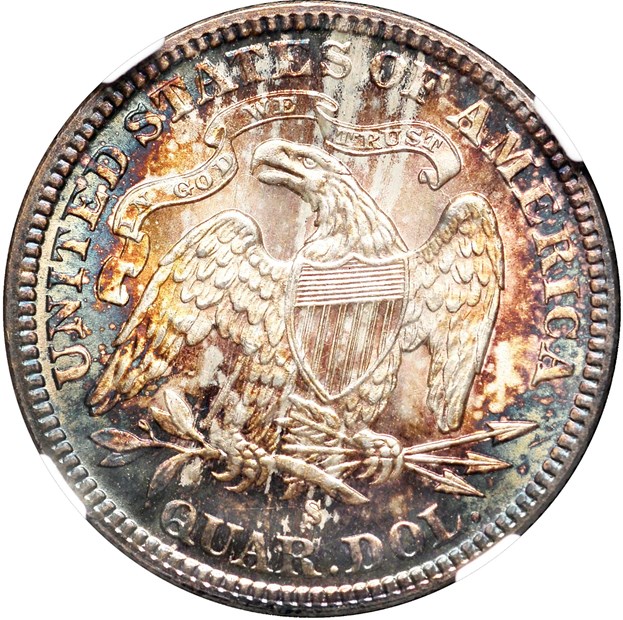
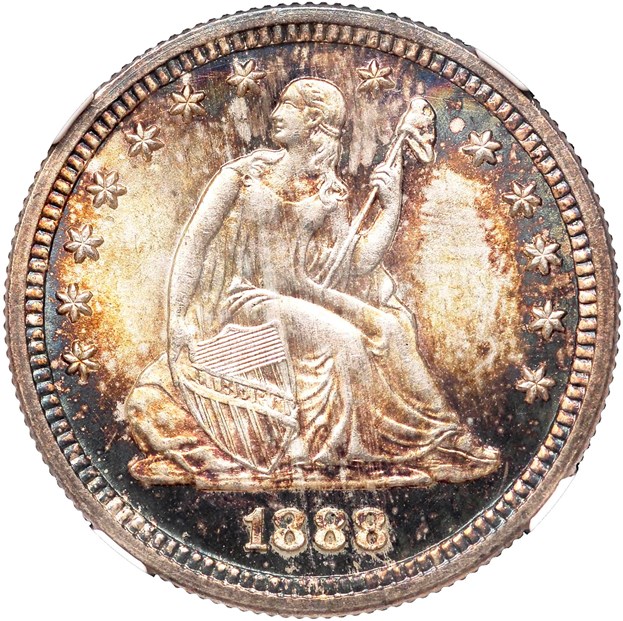
As I've mentioned in this column a number of times, the economic conditions that developed in 1876-77 brought the coining of fractional silver pieces to a near standstill for the next dozen or more years. Many numismatic writers mistakenly attribute this to the Mint being too overwhelmed with silver dollar coinage to make lesser pieces, but that simply isn't true. The number of dimes, quarters and halves struck during 1875-77, combined with the older coins that returned to circulation as the price of silver fell, actually created a surplus of fractional coins that wasn't worked off fully until 1891. From 1879 through 1890, quarter dollar production was very small, consisting of a token number of currency pieces designed to satisfy those persons seeking to present them as gifts or desiring souvenirs of the date. The Mint also wished to prevent the annual proofs from becoming targets of speculation.
During these years, there was just a single issue that experienced mass production. In 1888, the San Francisco Mint coined more than a million quarter dollars, its sole emission of this denomination between 1878 and 1891. What prompted this sudden production is not known, and the pieces coined that year were evidently sufficient to meet any demand through 1890. Seated Liberty quarter specialist Larry Briggs identified six die pairs for this entry in his book on the series. The style of mintmark is the same one seen on pieces dated 1875-78 and 1891. The 1888-S quarter is a fairly common coin, and I have a nice Mint State example that I share with my students during the ANA's Summer Seminar. It's an issue which has always fascinated me as a little oasis within a vast desert.
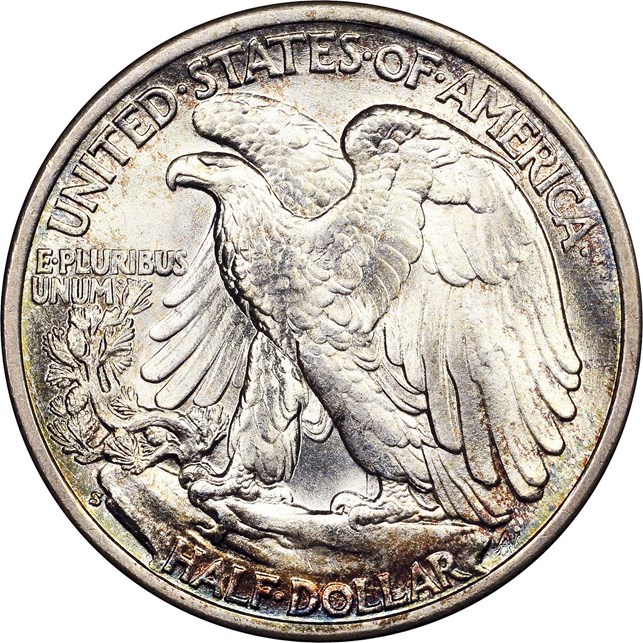
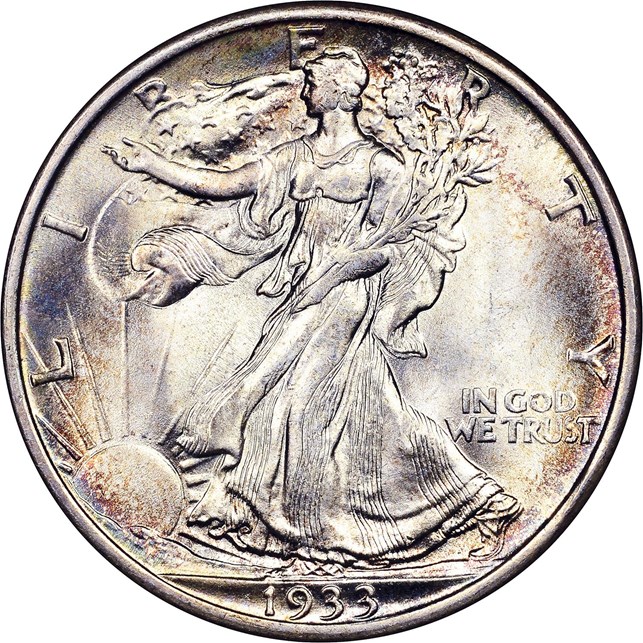
This is a popular coin to which I devoted an entire column a few years ago. It continues to pique my curiosity today, as it was produced at a time when the various U.S. mints were nearly idled from the Great Depression. In 1933, Philadelphia hadn't coined circulating halves since 1921, while Denver and San Francisco had last minted them in 1929. So small was the demand for additional coins at the time that the only other silver pieces struck during 1933 were Oregon Trail Memorial half dollars sold directly to collectors. The U.S. Mint's roster of employees was cut nearly in half over the past five years. It was a desperate time for all.
It was not until October 27, 1933 that the San Francisco Mint began striking Walking Liberty half dollars. Thereafter, this work continued daily through December 21, except for weekends. Since the total mintage of 1933-S half dollars reached 1,786,000 for the year, this resulted in an average production of about 45,800 coins per working day. Such a number was well below that facility's capability, and the whole enterprise smacks of a make-work project intended to keep employees and their skills from falling into disuse. Whatever the story, the 1933-S half dollar is highly sought as part of a very popular coin series. Fairly available through Very Fine, examples in higher grades become progressively more expensive, though still within the means of a determined collector.
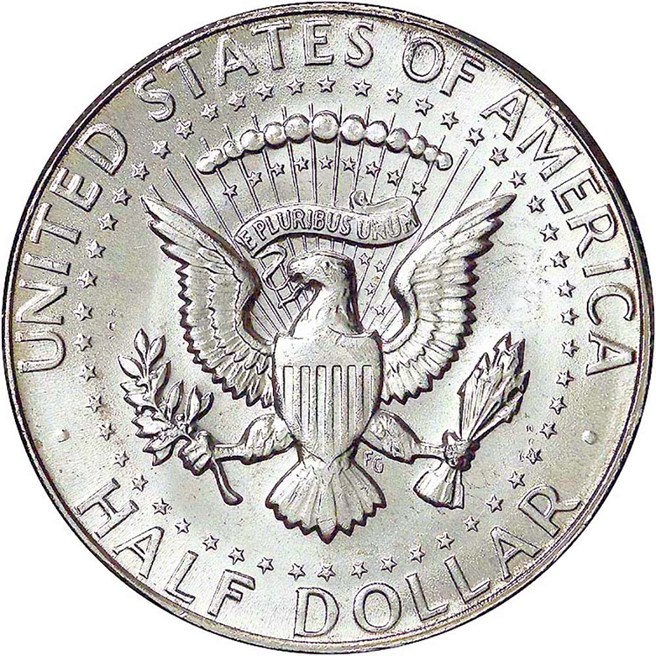
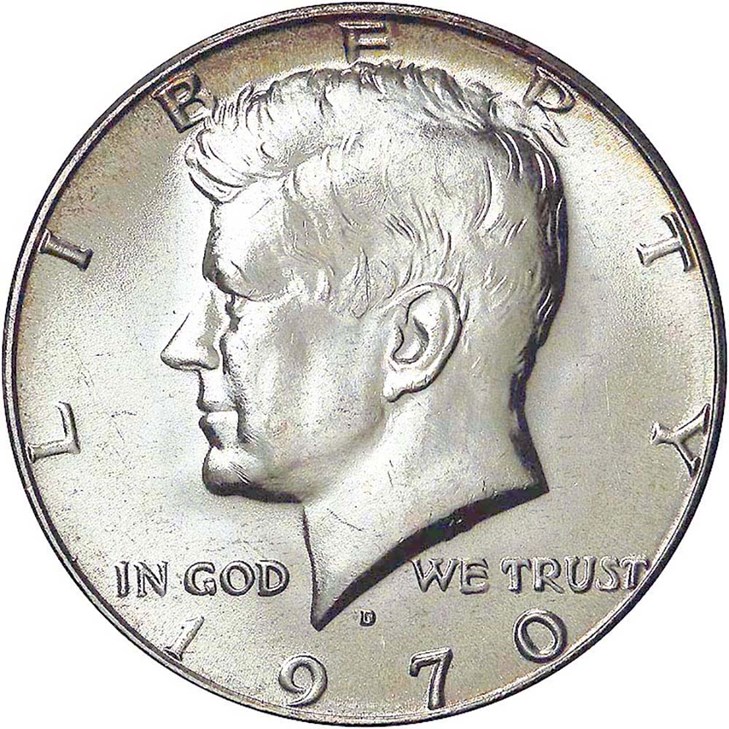
The decision to eliminate silver from the nation's coinage after 1964 was not one Congress took lightly, and several compromise proposals were put forth. Most of these came from western senators and representatives, whose constituencies included mining interests. Ultimately, the dime and quarter were produced in such numbers that they could not include any amount of silver, and the half dollar was selected to be that metal's flag bearer. A three-layer composition having a surface fineness of 80%, but a net silver content of only 40%, was incorporated into the 1965 legislation. The half dollar was already disappearing from circulation at the time, so it was seen as the most expendable coin in an emergency.
All of the 1965-69 half dollars struck for circulation were coined at the Denver Mint, though only the last two dates bore its mintmark. With the price of silver rising during those years, it became evident that this metal must be eliminated from the half dollar altogether. Public Law 91-607 authorized the Eisenhower dollar and, at the same time, mandated the copper-nickel-clad composition for the half dollar. In a bit of Congressional dithering worthy of our present time, this law was not passed and signed until the very last day of 1970!
In the mean time, the Denver Mint had struck more than two million 1970-D half dollars of the silver-clad composition. Most of these were included with that year's annual Uncirculated Set, and the balance were destroyed. Collectors who ordered sets that year received a surprise bonus. With the silver-removal bill pending until the last moment, the Mint held back on issuing any half dollars for general circulation, and the value of the 1970 Uncirculated Set skyrocketed. Both the set and the 1970-D half dollar still carry premiums today, though without all the hoopla. Some of these halves are certified as prooflike, and these are quite highly sought.
David W. Lange's column, “USA Coin Album,” appears monthly in The Numismatist, the official publication of the American Numismatic Association.
Stay Informed
Want news like this delivered to your inbox once a month? Subscribe to the free NGC eNewsletter today!
